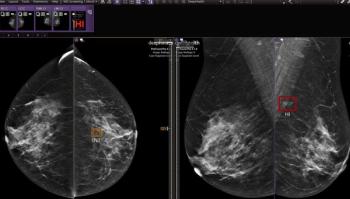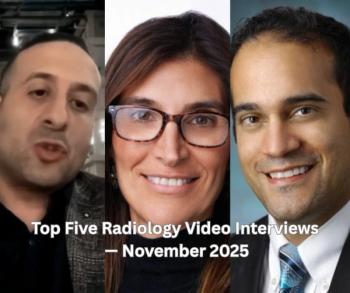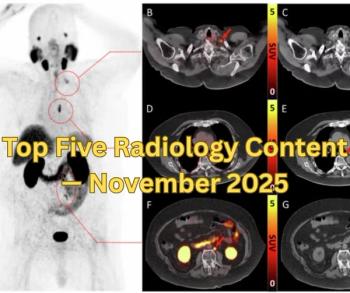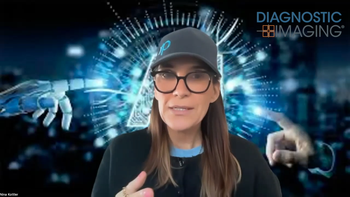
- Diagnostic Imaging Vol 31 No 6
- Volume 31
- Issue 6
Hospital relations power Alliance Healthcare's growth
Buoyed by abundant cash and a profitable business formula, Alliance Healthcare is bucking the economic gloom that pervades the for-profit sector of medical imaging and implementing aggressive growth plans in 2009.
Buoyed by abundant cash and a profitable business formula, Alliance Healthcare is bucking the economic gloom that pervades the for-profit sector of medical imaging and implementing aggressive growth plans in 2009.
CEO Paul Viviano has announced the publicly traded firm will build 20 to 25 new fixed-site imaging clinics this year. About 70% of the projects involve conversions from existing hospital-based mobile services, a tactic considered financially less risky than investing in startup projects.
Viviano plans to open four to six radiation therapy clinics to increase its holdings in that sector, and he is investing heavily in new PET/CT services to increase revenues from that modality by one-third this year.
“We are as well positioned for the pressures of this environment as we can be,” he said in an interview.
Viviano points to long-term wholesale contracts with acute care hospitals for fixed-site and mobile imaging services as the keys to Alliance's success. The deals supply hospitals with off–balance-sheet financing and marketing support. Alliance pays the upfront construction and equipment costs and then manages the business, while the hospital handles billing and collections. Alliance is paid a percentage of each procedure's reimbursement to recover its investment and operational costs.
The formula helped generate revenues of $495.8 million for Alliance in 2008. At the end of that year, the firm had $70 million in cash on hand, access to a $50 million line of credit, and the expectation of at least another $52 million in free cash flow in 2009. Viviano plans to use the cash to buy imaging systems, a move that avoids financing costs and means discounts of up to 10% on the purchase price of the equipment.
Alliance's expansion plans are based on the assumption that utilization will continue to grow. PET/CT use is increasing at a double-digit percentage rate, and CT and MR use is rising 5% and 3%, respectively. The industry's return on investment for medical imaging has been steady since Medicare rate cuts due to the federal Deficit Reduction Act were implemented in 2007, Viviano said.
“We have been selective in the sites we've opened, so the break-even performance has not changed in the past two or three years,” he said.
Articles in this issue
over 16 years ago
CT reveals traits of drug-resistanttuberculosisover 16 years ago
Falling U.S. demand for CT opens door for bargain huntersover 16 years ago
ER bellyaches lead to more CT bellyachingover 16 years ago
Healthcare reform proposals highlight economic privilegeover 16 years ago
Demonstrations and skits add pizzazz to SIIM meetingover 16 years ago
Philips, Toshiba enter hand-carried ultrasound marketover 16 years ago
Broader coverage for PET could simplify cancer careover 16 years ago
Rival hypoxia agents vie for premier treatment roleover 16 years ago
Raman spectroscopy sets new multiplexing standardover 16 years ago
Clinical trials network deals with startup growing painsNewsletter
Stay at the forefront of radiology with the Diagnostic Imaging newsletter, delivering the latest news, clinical insights, and imaging advancements for today’s radiologists.




























